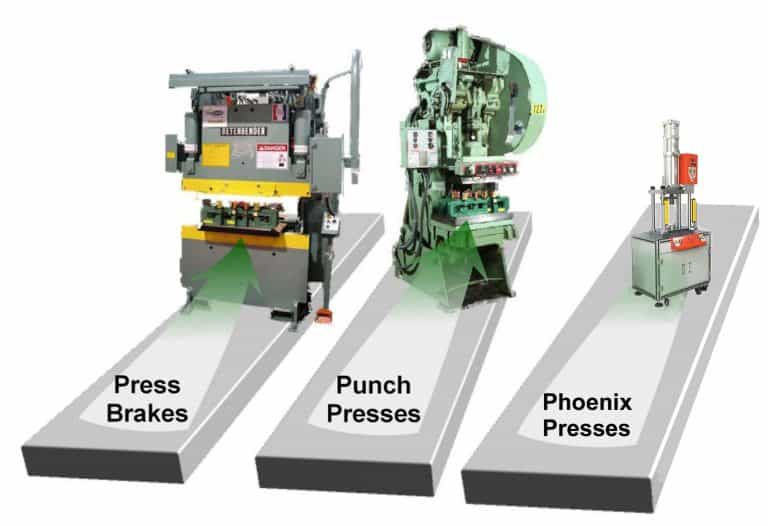7 Key Reasons to Use Metal Punch Press DiesPosted by Slindile Muller on June 15th, 2022 Fabricating complicated metal pieces used to be inefficient and expensive. To make one part, a manufacturer had to change the tool repeatedly in a single press or employ numerous presses, each executing a separate function. Today's high-performance metal punch press dies allow for the faster and more cost-effective manufacturing of higher-quality, high-precision parts than ever before. To fulfil the growing demand for complicated components and precision performance, there are two types of punch press dies techniques available today. The following are some of the advantages of using metal punch press dies.
1. Adaptable Metal punch press dies come in a variety of grades that manufacturers can use. Some tool steel grades can become more wear-resistant and fatigue-resistant than others, depending on the requirements. Tool steel grades can also differ in terms of shock resistance strength, hardness ratio, and other material characteristics. When it comes to punches and dies, tool steels stand out because of their adaptability and versatility. The ability to select the ideal grade of tool steel can assist producers in efficiently processing their workpieces.
Another well-known advantage of employing metal punch press dies is their low cost. Many manufacturers prefer tool steel because it is strong, durable, and adaptable, as previously stated. Punches and dies can last for a long period because of the material's strength and resistance. Tool steel punches and dies can be alloyed with a variety of alloying compounds. The vanadium, chromium, and molybdenum are the elements in question. These punches and dies can be used to blank, pierce, and punch work pieces when correctly treated. 3. Speed The continuous passage of material through the different die stations of a tool is the basis of metal punch press dies. When compared to traditional fabrication or machining, the nature of the process allows you to generate more pieces in less time. Progressive stamping has the shortest cycle times per part for high-volume products. 4. Longer Runs Long runs are possible thanks to the progressive die stamping process's continuous material supply. Longer runs between material changes and tooling modifications allow for faster production of your parts. 5. Quicker Setup When compared to traditional fabrication or machining, the progressive stamping method may take substantially less time to start up. When Progressive Die Stamping is used, what is accomplished in numerous setups and procedures during traditional fabrication and machining can be accomplished in one operation. As a result of the lower setup and processing costs, the piece part will be more cost-effective. 6. Strong and Durable Metal punch press dies should be able to maintain their form and shape throughout operations, since they must perform many processes. It is one of the most used punch press dies for punches, dies, and other tools and components because it does not decay quickly. 7. Less scrap material Metal punch press dies are a type of metalworking that includes punching, coining, bending, and a variety of other methods of changing metal to achieve the required final part shape. Because the vast majority of the material is used, there is less scrap. Progressive Die Metal Stamping may be the most cost-effective material for producing your products. Conclusion Metal punch press dies are supposed to perform well despite being subjected to repeated working cycles. Businesses should expect much lower repair and maintenance costs because they do not need to be changed on a regular basis. Punch press dies can be used for a variety of procedures. Blanking, piercing, and punching are three of these processes. Punch press dies are pushed toward the workpiece by the presses until they reach the dies. Like it? Share it!More by this author |



